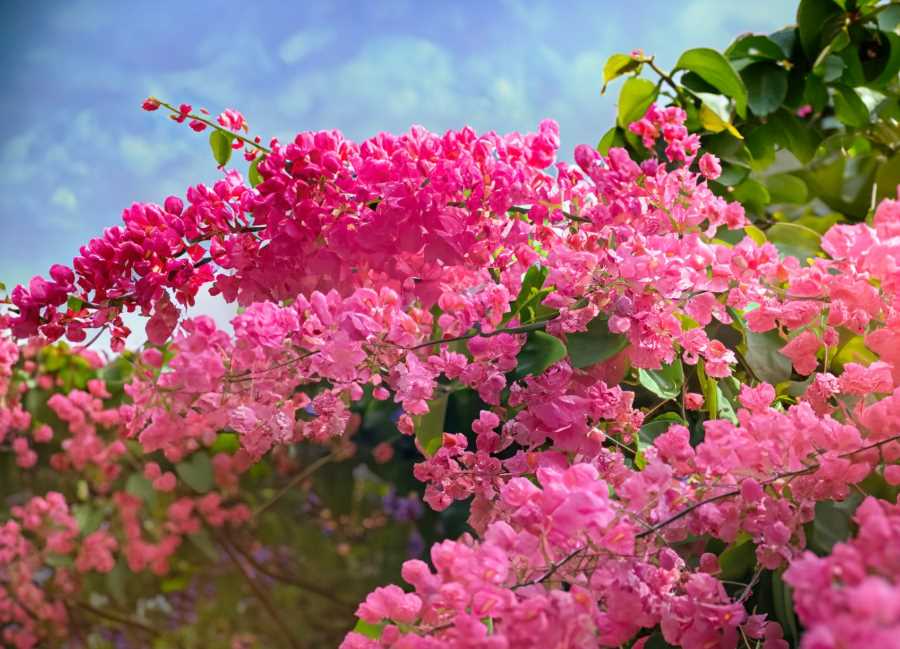A Flora-fantastic Expedition in Islas Marías
Unveiling Islas Marías' secret: a vibrant treasure trove of flora! From the mystical Holy Tree to the enchanting Ajillo, nature's artistry awaits in this Pacific paradise. Explore the botanical wonders that defy isolation!

Hidden away in the azure embrace of the Pacific Ocean lies a verdant paradise, the Islas Marías. Often overshadowed by its reputation as a former penal colony, these islands hold a secret that whispers through the gentle rustling of leaves and the vibrant colors of blossoms – a diverse and captivating flora that has thrived in splendid isolation. Today, we embark on an expedition to explore the botanical wonders of this untouched gem.
Guaiacum Coulteri: The Sacred Sentinel
Our journey begins with the Holy Tree, known scientifically as Guaiacum coulteri. Revered for its deep blue wood, this majestic tree has been a symbol of spiritual significance for centuries. The dense, resinous wood of the Guaiacum tree was once believed to possess healing properties, and it was used to craft rosaries and religious artifacts.




